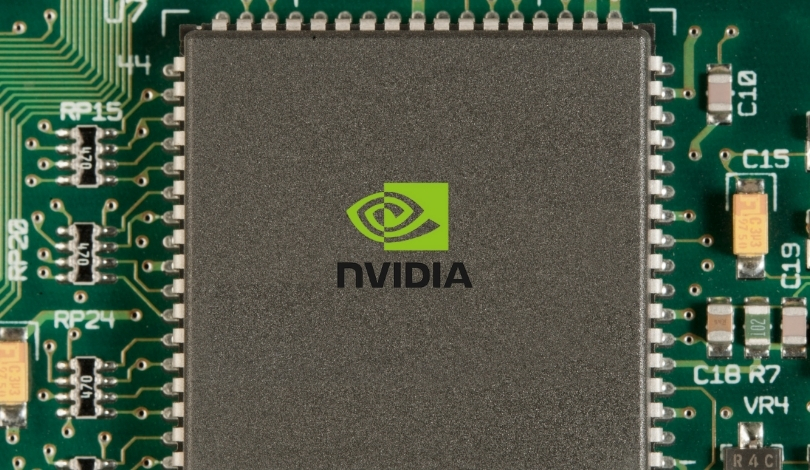Nvidia is set to introduce its latest graphics cards, the RTX 5070, RTX 5080, and RTX 5090, at the upcoming CES 2025. This lineup is highly anticipated by PC gaming enthusiasts who are eager to experience enhanced performance and new features. The company aims to cater to a broad range of gamers, from casual players to hardcore enthusiasts, with these new models.
Recent reports suggest that this release could mark the final significant increase in VRAM for Nvidia’s consumer GPUs. As technology advances, the current VRAM capacities may no longer meet the demands of future gaming applications, potentially limiting upgrade options for some users. This development raises questions about the future scalability of gaming hardware.
What Are the Key Features of the New RTX Series?
The RTX 5070, 5080, and 5090 are expected to feature substantial improvements in processing power and energy efficiency. Nvidia is likely incorporating the latest architectural advancements to deliver better ray tracing and AI-driven performance enhancements. These upgrades aim to provide smoother gameplay and higher graphical fidelity.
How Will This Affect PC Gamers?
PC gamers may face limitations in upgrading their systems once these GPUs are released, as the current trends suggest a plateau in VRAM advancements.
“We believe these new models will meet the needs of most gamers for years to come,”
a Nvidia spokesperson stated. However, enthusiasts looking for future-proof solutions might need to consider alternative strategies for maintaining high-performance gaming rigs.
What Are Industry Experts Saying?
Industry analysts view the upcoming RTX series as a significant milestone in GPU technology. They note that while the improvements are notable, the potential stagnation in VRAM growth could pose challenges for developers and gamers alike. The balance between performance gains and hardware sustainability is a topic of ongoing discussion.
Nvidia’s decision to potentially limit future VRAM upgrades reflects broader trends in hardware development, where incremental improvements are becoming the norm. Gamers and developers will need to adapt to these changes, optimizing their systems and software to make the most of the available resources. This move underscores the importance of innovation in other areas of GPU technology to continue driving the gaming industry forward.










